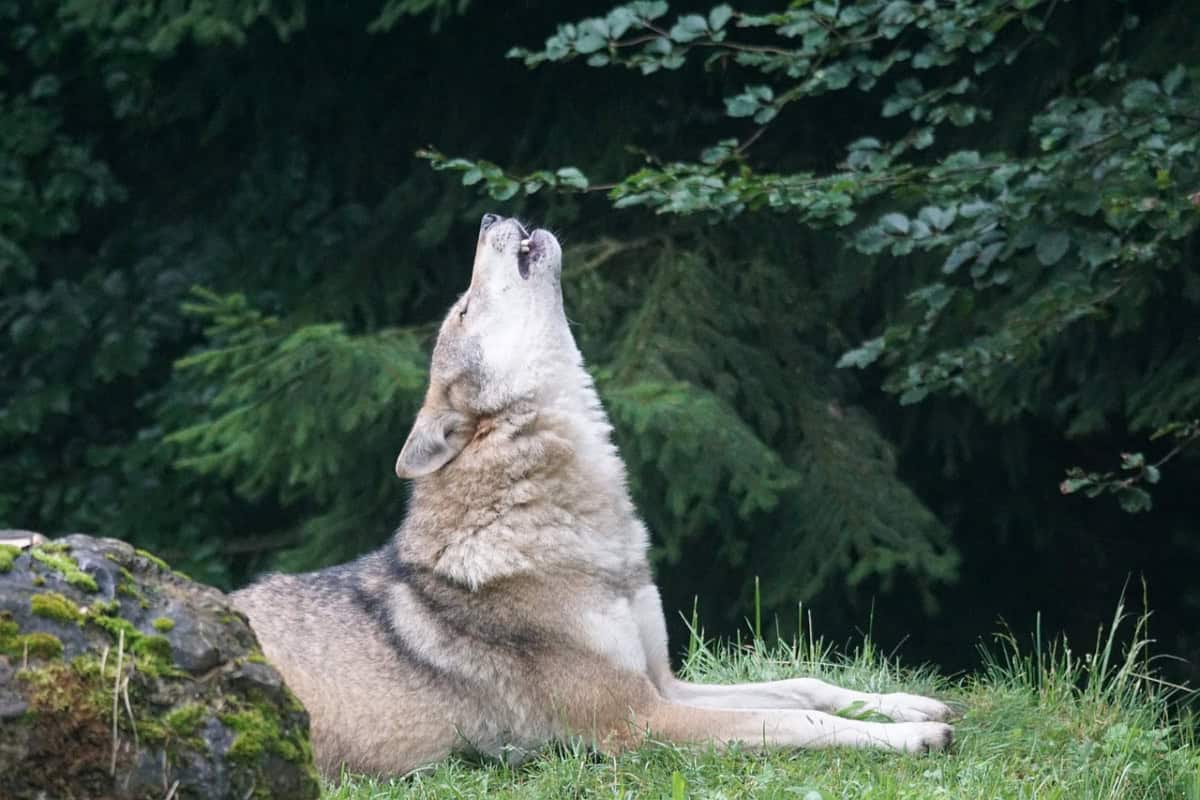Wolves are back in Europe’s forests.
Matt Maynard travelled to Sweden to learn how Scandinavian communities are adjusting to this predator. He explains their habits, dispels some myths and waxes lyrical about sharing wild spaces once more with the king of the canines.
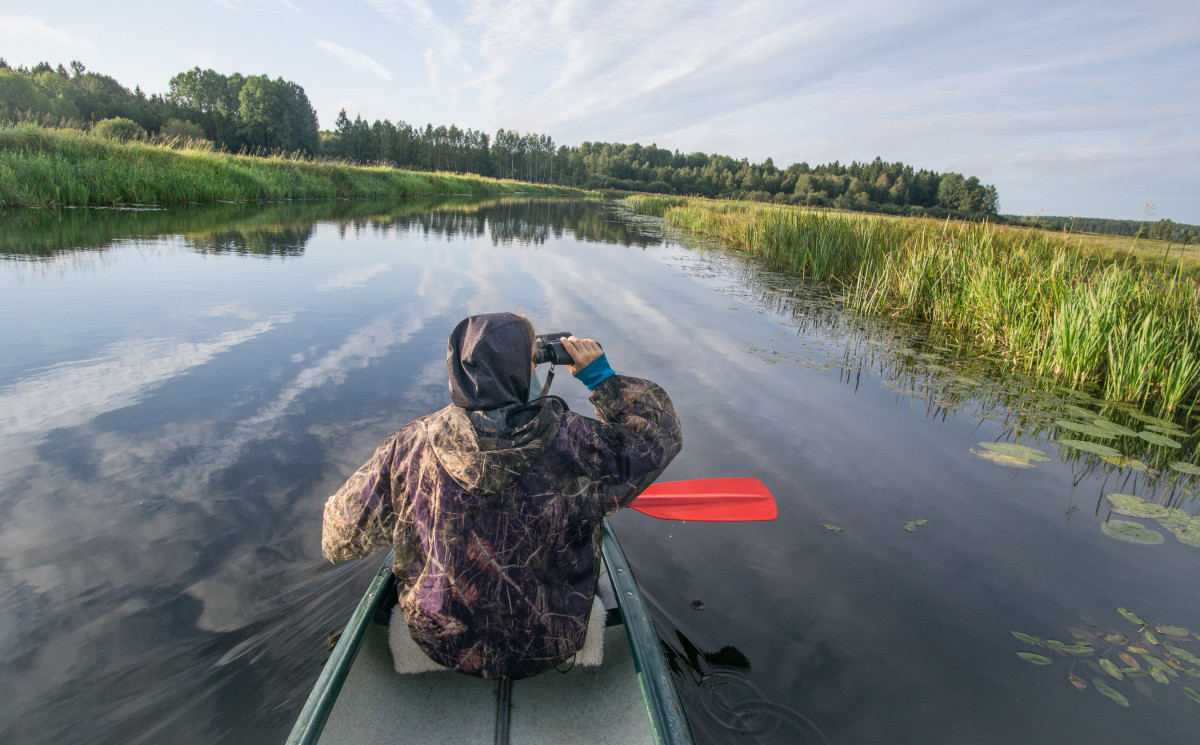 Early morning scoping for animal signs ©Matt Maynard
Early morning scoping for animal signs ©Matt Maynard
Wolf at the door
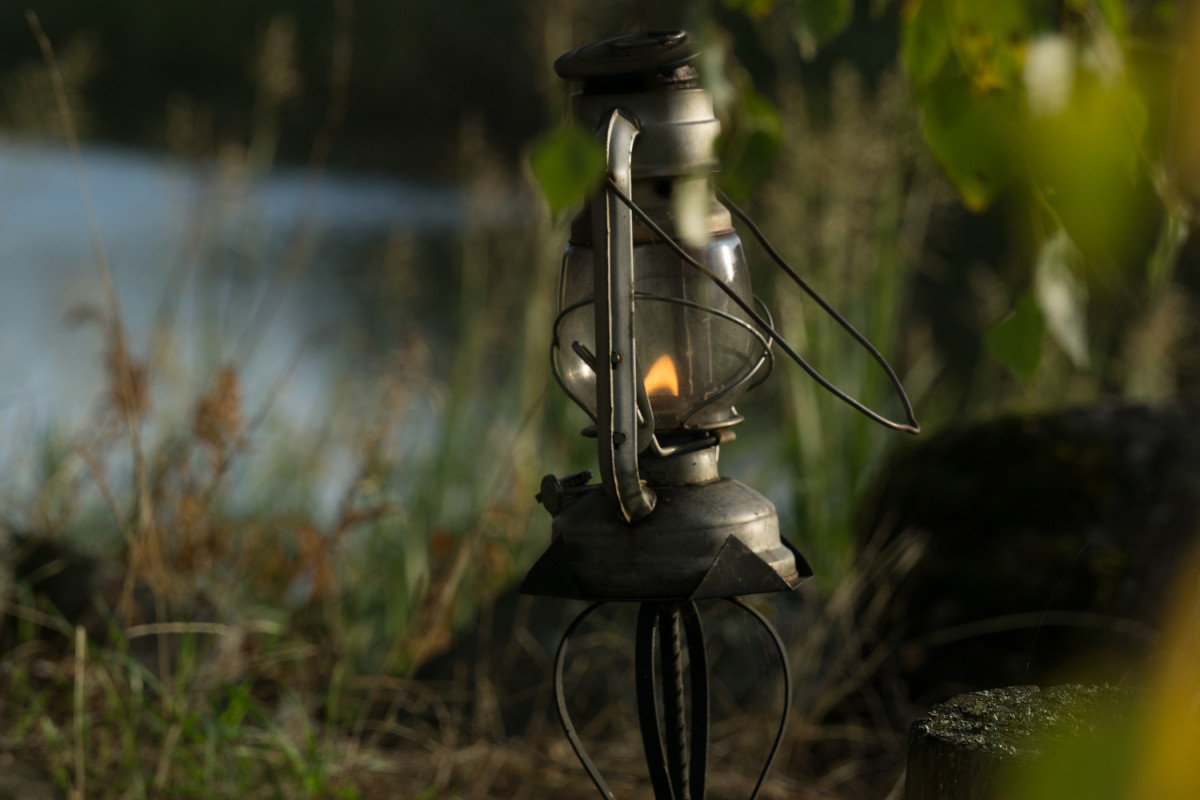 Exploring Sweden’s forests can feel like travelling back in time ©Matt Maynard
Exploring Sweden’s forests can feel like travelling back in time ©Matt Maynard
I’ve just arrived in the Västmanland province of central Sweden, and there’s a wolf on the loose. Yesterday it walked across a children’s playground. The older kids threw rocks at it, but the residents in the small town of Kolsva are concerned and fearful. By night, men stalk the woods with guns. By day, government employees strategize how to coordinate its elimination. It sounds like the plot from a gothic horror film. But the year is 2017. And this lone wolf is very real indeed.
The Kolsva wolf has been sighted all summer long. Members of the local council have been trying to tackle the wolf unsuccessfully for months, and now refer to it jokingly as “the bastard wolf.” But for many rural Swedish people, the wolf’s return is no laughing matter.
Where are the wolves coming from?
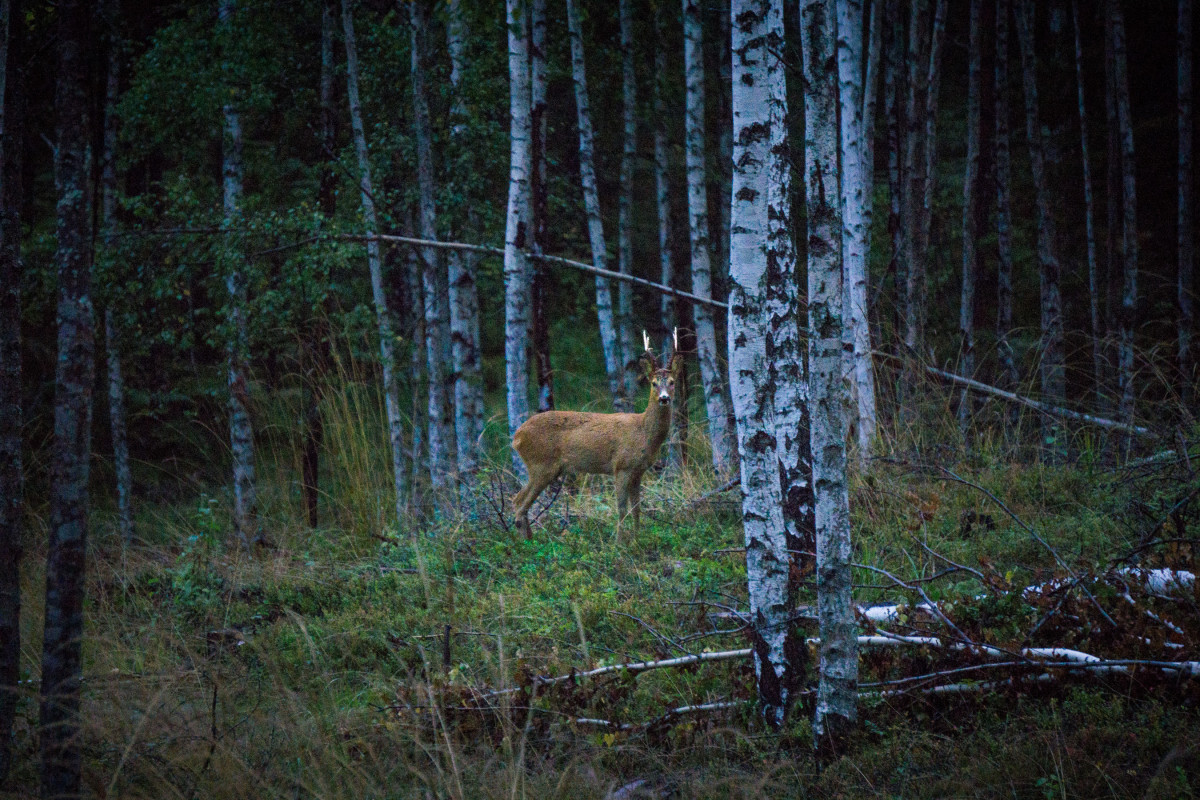 The abundance of prey has contributed to the wolves’ return ©Matt Maynard
The abundance of prey has contributed to the wolves’ return ©Matt Maynard
The last wolf was killed in the UK several hundred years ago. But this March, they staged an unlikely return in Devon. Of course, wolves aren’t running wild in the British Isles. Not yet at least. But a pack of Swedish wolf cubs are now being raised at the Wildwood Escot site in Devon. Advocates of rewilding would like to see the wolf roam-free once more in Scotland. They argue that the renewed presence of this top predator would have trickle down effects on everything from reducing overgrazing by deer, to encouraging beaver populations, changing the course of rivers and even potentially reducing flooding. Not bad for an animal that is everybody’s favourite villain (blame practically every Disney film ever made).
Real life wolves can now be found throughout the Pyrenees, in increasingly large pockets of Scandinavia, on either sides of the Adriatic Sea, throughout Italy as well as Croatia, Bosnia, Montenegro and Albania. They have been sighted in Germany and are reclaiming the woodlands of France. Increases in forest cover, prey and protective EU legislation in the last few decades have helped bolster their numbers. But what does this mean for humans? And is it safe to venture out into wolf territories?
Should we be afraid?
 Tobias Hjortstråle says humans have little to fear ©Matt Maynard
Tobias Hjortstråle says humans have little to fear ©Matt Maynard
“They are professional killers,” Tobias Hjortstråle tells me plainly. In the warm office of the Wildlife Officer and Game Warden in Västerås, it is hard to imagine these wild animals roam the woods outside. But the threat to domestic animals and livestock is very real indeed. When pressed about if a pack of wolves could overpower humans, Tobias replies “yes, they absolutely could take us down.”
As a case in point he tells the grim story of “the wolf of Gysinge.” In 1820 a man-eating wolf in Sweden killed nine children and young adults, injuring 15 more. The wolf of Gysinge was raised from a cub by a rural family. In the early 1800s, a wolf’s fur was equivalent to an agricultural worker’s monthly wage and the family’s plan was to fatten it up for slaughter. But these were austerity years in Sweden and, unable to feed the animal, they reluctantly let it loose. The gruesome reality of what happened next lived long in Swedish memory.
And yet “wolves don’t see human as prey,” Tobias explains. Not wild wolves at least. “I would be afraid of a loose dog,” he adds, “because I can’t be sure how it’s been raised.” Problems with wolves, as with the wolf of Gysinge, arise when they are treated unnaturally.
Wild camping in wolf country
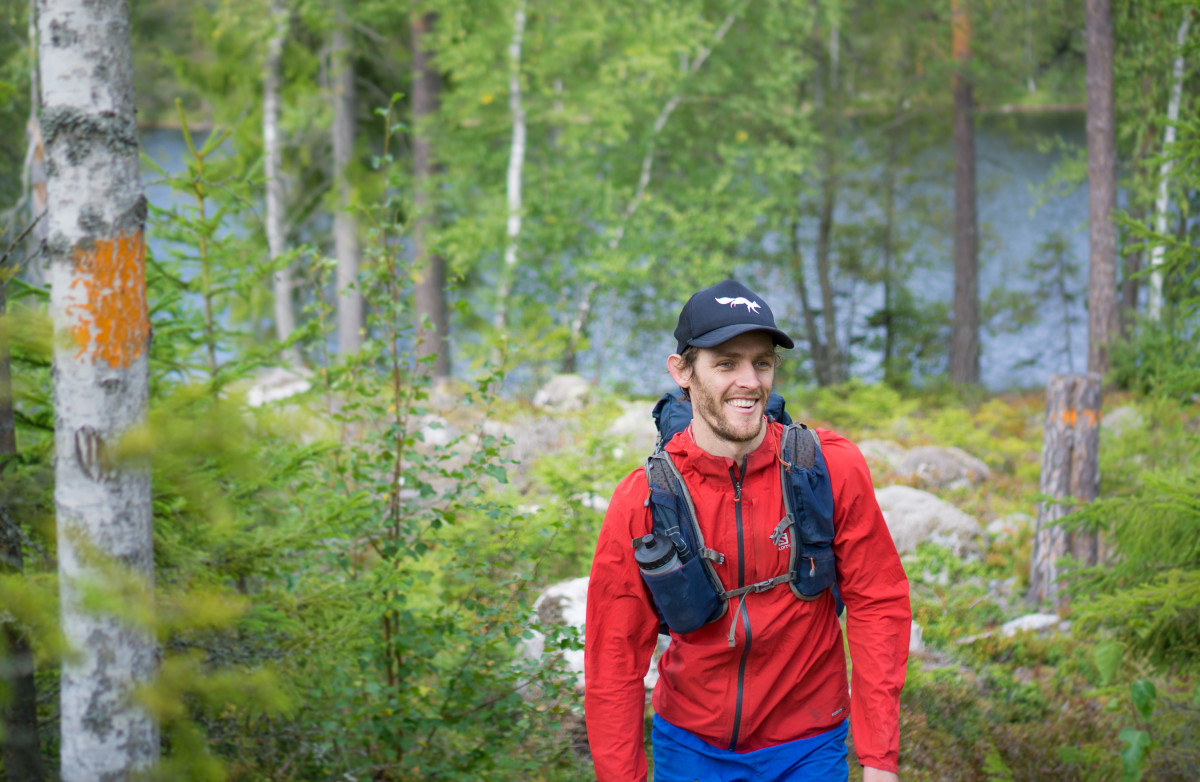 The author hikes a typically stunning section of the Bruksleden Trail ©Matt Maynard
The author hikes a typically stunning section of the Bruksleden Trail ©Matt Maynard
Over the next few days I hike with my companion into the remote territory of the Fårna wolf pack. I follow the rugged Bruksleden trail, carpeted by a spongy reindeer moss underfoot, and shadowed by stands of Scots Pine forest overhead. At dusk I wade through a swamp just outside Bockhammar before pitching camp in a remote clearing. Silence pours out of the deep woods, and a near full moon climbs into the sky. A wolf howl tonight is far more likely than the sound of any motor vehicle.
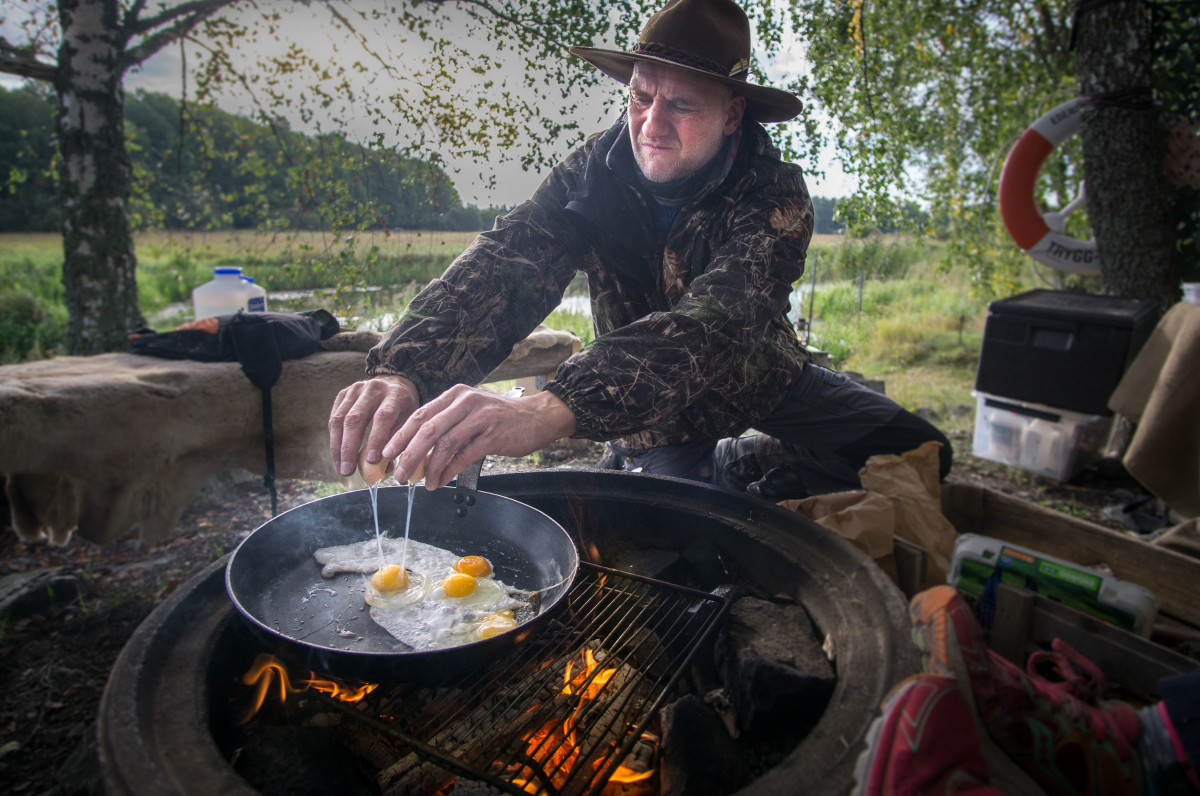 70% of Sweden is forest and the people are accustomed to spending time outdoors ©Matt Maynard
70% of Sweden is forest and the people are accustomed to spending time outdoors ©Matt Maynard
Around the fire we reflect on Tobias’ words about the relative safety of camping amongst wolves compared to encountering an unknown domestic dog. Here in Västmanland the wolf’s return is still a relatively new, startling and intimidating proposition for many rural people. Farmers especially are concerned for their sheep. Tobias estimates that 10-15 years is the necessary time for communities to readjust to the new predator in their midst. Reintroducing the wolf in the UK is likely to create even more conflict due to our historic open hill farming, compared to Sweden’s enclosed system with electrified fences.
Regardless of the future of the wolf in the UK, it feels good to be sitting around a crackling fire knowing the king of the canines is out there somewhere in the Swedish darkness. We fall asleep reluctantly that night. Not due to any concerns for our safety. But because we are waiting for the call of the wild.
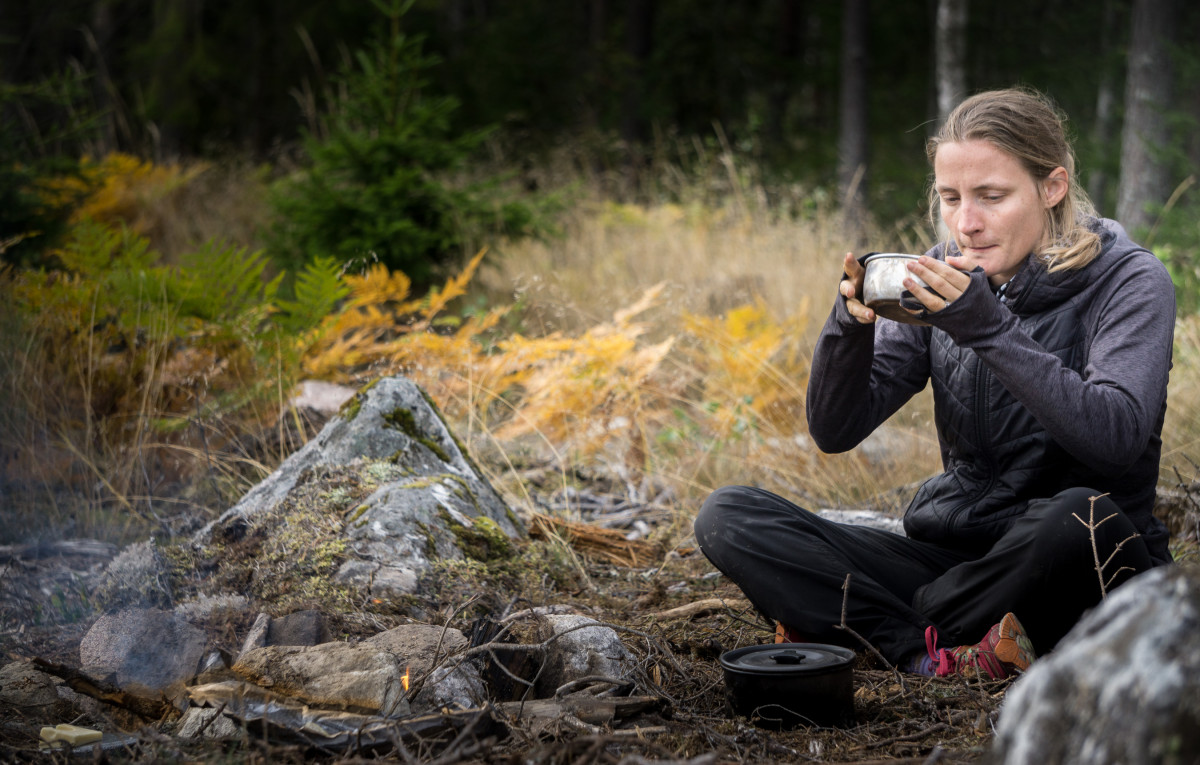 You don’t need to see wolves whilst camping in the woods to feel excited about their return ©Matt Maynard
You don’t need to see wolves whilst camping in the woods to feel excited about their return ©Matt Maynard
Bite-Size Wolf Facts
- 4 is average wolf pack size
- 50kg is average male wolf size, 40kg for females
- 230-300sqmiles is the average wolf pack territory
- 1-2mins is the average time spent chasing prey
- 20km per day walked on average per day when scent marking territory
- Wolves are often confused with dogs
- European grey wolf pups are born black
- Adults have white colouring around the muzzle and a white tipped tail
This trip was supported by VisitSwedenUK, #Vastmanaland, Pensionat Udden Bed & Breakfast, Wild Sweden, Kolarbyn Eco Lodge, Ulvsbromuren Wildlife Safari and Eco Lodge, Eden’s Garden Bed and Breakfast and the incredible organisation of Åsa Stanaway
